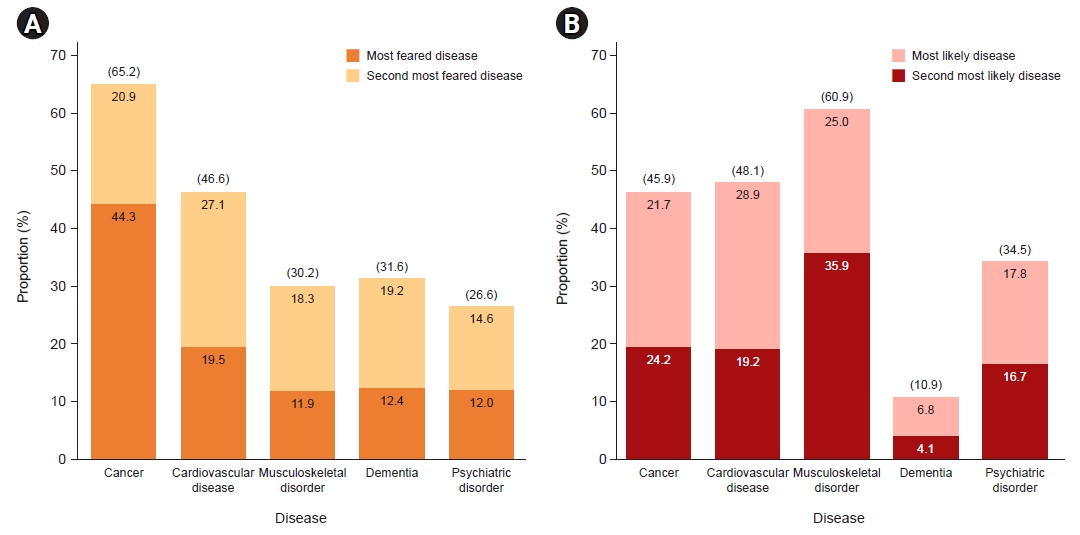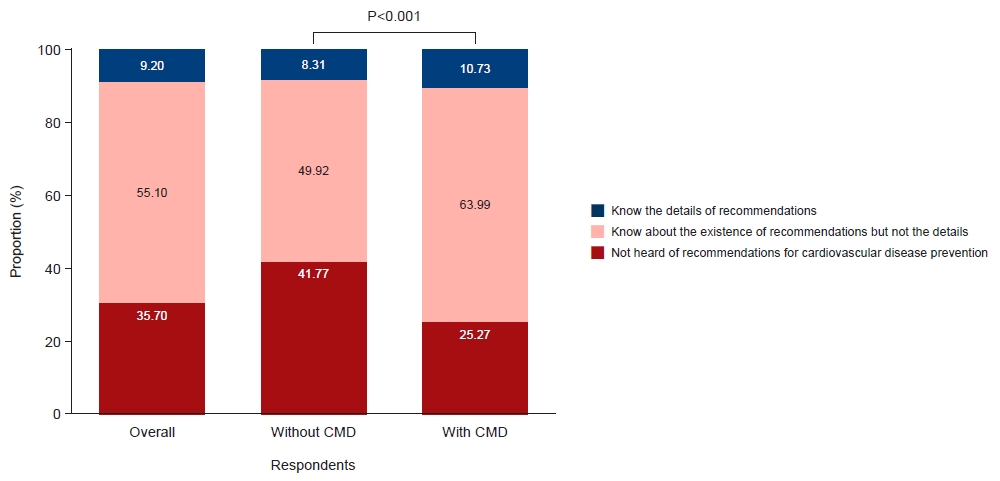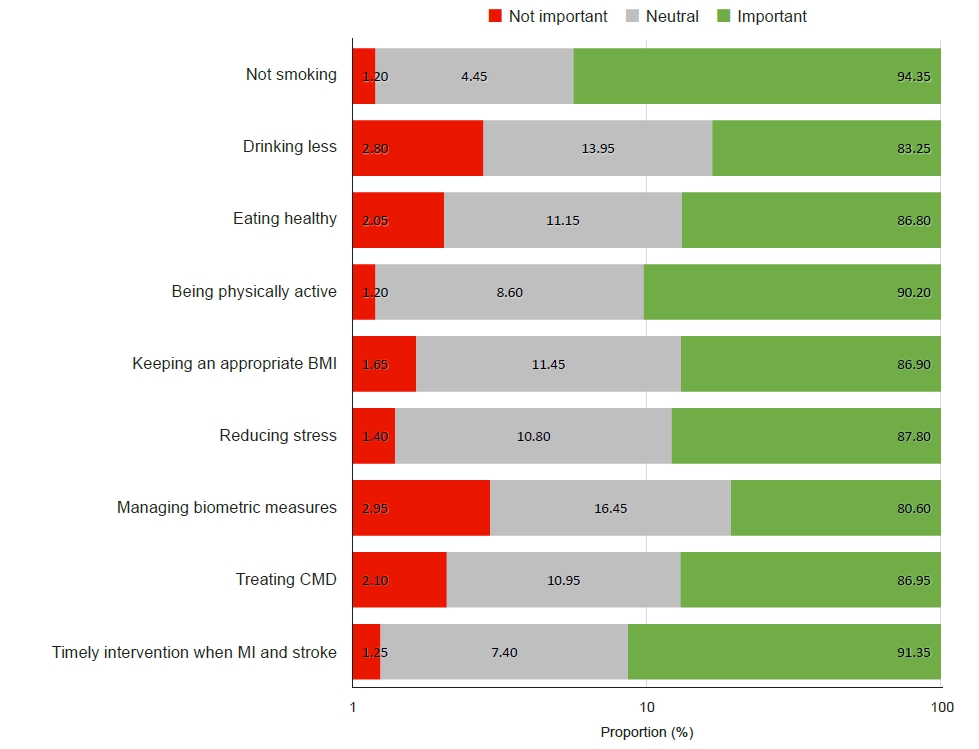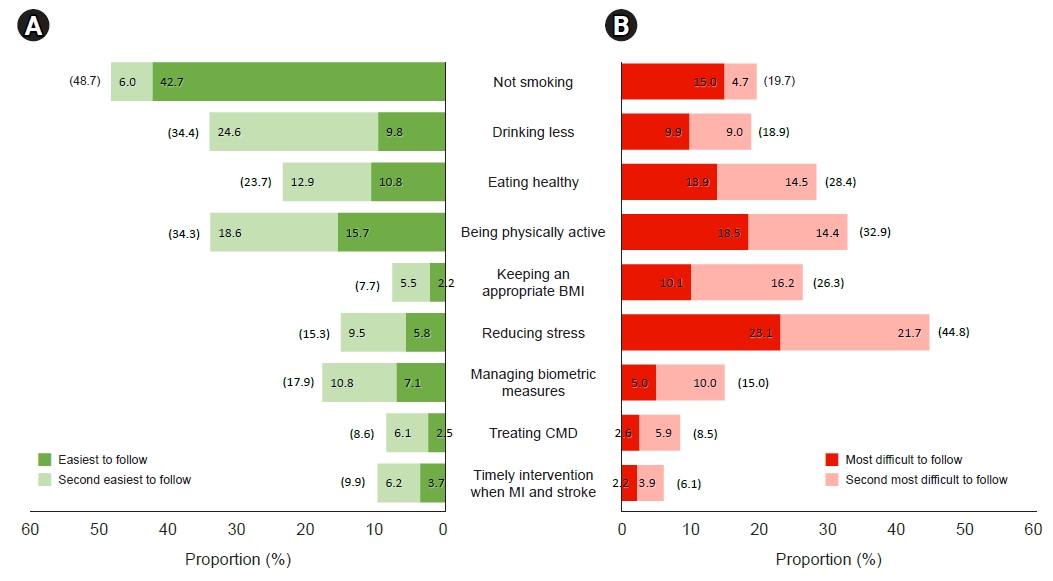 , Chan-Hee Jung2
, Chan-Hee Jung2 , Eun-Jung Rhee3
, Eun-Jung Rhee3 , Junghyun Noh4
, Junghyun Noh4 , Jae Hyuk Lee5
, Jae Hyuk Lee5 , Hun-Jun Park6
, Hun-Jun Park6 , Sungha Park7
, Sungha Park7 , Sang-Hyun Ihm8
, Sang-Hyun Ihm8 , Won-Young Lee3
, Won-Young Lee3 , Hyeon Chang Kim1,9
, Hyeon Chang Kim1,9
1Department of Preventive Medicine, Yonsei University College of Medicine, Seoul, Korea
2Division of Endocrinology and Metabolism, Department of Internal Medicine, Soonchunhyang University College of Medicine, Asan, Korea
3Division of Endocrinology and Metabolism, Department of Internal Medicine, Kangbuk Samsung Hospital, Sungkyunkwan University School of Medicine, Seoul, Korea
4Department of Internal Medicine, Inje University Ilsan Paik Hospital, Goyang, Korea
5Division of Endocrinology, Department of Internal Medicine, Myongji Hospital, Hanyang University College of Medicine, Goyang, Korea
6Division of Cardiology, Department of Internal Medicine, Seoul St. Mary's Hospital, College of Medicine, The Catholic University of Korea, Seoul, Korea
7Division of Cardiology, Department of Internal Medicine, Severance Hospital, Yonsei University College of Medicine, Seoul, Korea
8Division of Cardiology, Department of Internal Medicine, College of Medicine, The Catholic University of Korea, Seoul, Korea
9Institute for Innovation in Digital Healthcare, Yonsei University, Seoul, Korea
Copyright © 2022 Korean Society of Cardiovascular Disease Prevention; Korean Society of Cardiovascular Pharmacotherapy.
This is an open-access article distributed under the terms of the Creative Commons Attribution Non-Commercial License (http://creativecommons.org/licenses/by-nc/4.0/) which permits unrestricted non-commercial use, distribution, and reproduction in any medium, provided the original work is properly cited.
Ethical statements
Not applicable.
Conflicts of interest
The authors have no conflicts of interest to declare.
Funding
None.
Acknowledgments
The current study used data from the Cardiovascular Disease Prevention Awareness Survey, which was conducted by the Korean Society of Cardiovascular Disease Prevention (KSCP) and surveyed by a professional research agency (Embrain, Seoul, Korea).
Author contributions
Conceptualization: EK, CHJ, WYL; Data curation: EJR, HCK; Formal analysis: EK; Methodology: JN, HCK; Supervision: HCK; Validation: HJP, SP, WYL; Visualization: SHI, EK; Writing–original draft: EK; Writing–review & editing: CHJ, EJR, JN, JHL, HJP, SP, SHI, WYL, HCK.




| Characteristic | Overall (n=2,000) | Without CMD (n=1,264) | With CMD (n=736) | P-value |
|---|---|---|---|---|
| CMDa) | - | - | - | |
| None | 1,264 (63.2) | |||
| Coronary heart disease | 53 (2.7) | |||
| Cerebrovascular disease | 36 (1.8) | |||
| Hypertension | 389 (19.5) | |||
| Diabetes | 135 (6.8) | |||
| Dyslipidemia | 442 (22.1) | |||
| Age (yr) | 41.3±11.8 | 38.1±10.8 | 46.9±11.2 | <0.001 |
| Sex | <0.001 | |||
| Male | 1,025 (51.2) | 556 (44.0) | 469 (63.7) | |
| Female | 975 (48.8) | 708 (56.0) | 267 (36.3) | |
| Marital status | <0.001 | |||
| Single | 810 (40.5) | 628 (49.7) | 182 (24.7) | |
| Married | 1,097 (54.9) | 589 (46.6) | 508 (69.0) | |
| Bereaved/separated/divorced | 93 (4.7) | 47 (3.7) | 46 (6.3) | |
| Education | 0.001 | |||
| Middle school or less | 13 (0.7) | 3 (0.2) | 10 (1.4) | |
| High school | 393 (19.7) | 231 (18.3) | 162 (22.0) | |
| College, university, or more | 1,594 (79.7) | 1,030 (81.5) | 564 (76.6) | |
| Monthly household income (KRW) | <0.001 | |||
| <3 million | 708 (35.4) | 499 (39.5) | 209 (28.4) | |
| 3–6 million | 868 (43.4) | 509 (40.3) | 359 (48.8) | |
| >6 million | 424 (21.2) | 256 (20.3) | 168 (22.8) |
